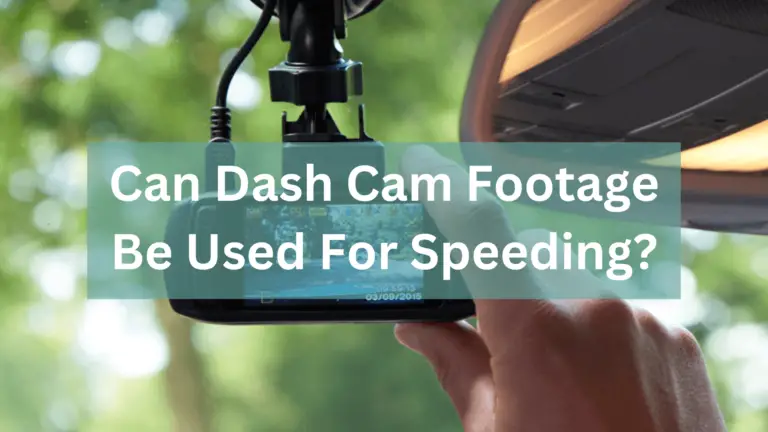ampoa
Let’s read about ampoa
Intro
In the world of SEO, understanding the concept of ampoa is crucial for digital marketers and website owners. Ampoa, an acronym for Advanced Meta Page Optimization Algorithm, is a cutting-edge technique that focuses on optimizing meta tags and page elements to enhance a website’s search engine visibility. By strategically implementing ampoa strategies, websites can improve their rankings on search engine results pages (SERPs) and attract more organic traffic. In this comprehensive guide, we will delve deep into the intricacies of ampoa and explore how it can revolutionize your SEO efforts.
What is Ampoa?
Ampoa is a sophisticated SEO algorithm that emphasizes the optimization of meta tags, including title tags, meta descriptions, and meta keywords, along with other on-page elements such as headings, images, and internal links. By fine-tuning these elements according to the guidelines set by ampoa, websites can communicate more effectively with search engines and improve their chances of ranking higher for relevant keywords.
Key Components of Ampoa
Ampoa comprises several key components that work together to enhance a website’s SEO performance. These components include:
1. Title Tags: The title tag is a crucial on-page element that appears as the clickable headline in search engine results. Ampoa emphasizes the importance of crafting compelling and keyword-rich title tags to improve click-through rates and search visibility.
2. Meta Descriptions: Meta descriptions provide a brief summary of a web page’s content in search results. Ampoa recommends optimizing meta descriptions with relevant keywords and a compelling call-to-action to entice users to click on the link.
3. Heading Tags: Heading tags (H1, H2, H3, etc.) help structure the content on a webpage and signal its relevance to search engines. Ampoa suggests using heading tags strategically to organize content and improve readability.
4. Image Alt Text: Alt text describes images on a webpage and plays a crucial role in SEO, especially for visually impaired users and search engine crawlers. Ampoa advocates for descriptive and keyword-rich alt text to enhance image SEO.
5. Internal Links: Internal linking connects different pages within a website and distributes link equity throughout the site. Ampoa recommends creating a logical internal linking structure to improve user experience and SEO performance.
Implementing Ampoa Strategies
To leverage the power of ampoa effectively, website owners and SEO professionals must follow best practices for optimizing meta tags and on-page elements. Here are some actionable tips for implementing ampoa strategies:
1. Conduct Keyword Research: Identify relevant keywords that align with your website’s content and target audience to optimize title tags, meta descriptions, and on-page content.
2. Optimize Title Tags: Craft unique and keyword-rich title tags that accurately reflect the content of each webpage and entice users to click through to your site.
3. Enhance Meta Descriptions: Write compelling meta descriptions that summarize the page’s content, include relevant keywords, and encourage users to visit your website.
4. Structure Heading Tags: Use heading tags to organize content hierarchically, with H1 for main headings and subsequent headings for subtopics, to improve readability and SEO.
5. Optimize Image Alt Text: Describe images accurately using keyword-rich alt text to improve image SEO and accessibility for all users.
FAQs
1. What is the significance of Ampoa in SEO?
Ampoa plays a crucial role in optimizing meta tags and on-page elements to improve a website’s search engine visibility and attract organic traffic. By following ampoa guidelines, websites can enhance their SEO performance and rankings.
2. How does Ampoa differ from traditional SEO techniques?
Ampoa focuses specifically on meta page optimization and on-page elements, whereas traditional SEO encompasses a broader range of strategies, including link building, content creation, and technical optimization.
3. Can beginners implement Ampoa strategies effectively?
Yes, beginners can implement Ampoa strategies by following best practices for optimizing meta tags, headings, images, and internal links. With proper guidance and understanding, anyone can leverage the power of ampoa for improved SEO performance.
4. Is Ampoa a one-time optimization process?
No, ampoa optimization is an ongoing process that requires regular monitoring and updates to align with changing search engine algorithms and user behavior. Continuous optimization is key to maintaining and improving SEO rankings.
5. How long does it take to see results from Ampoa optimization?
The timeline for seeing results from ampoa optimization can vary depending on various factors, such as the competitiveness of keywords, the quality of content, and the website’s domain authority. Generally, gradual improvements can be observed over time with consistent optimization efforts.
6. Are there any tools
related terms: ampoa




